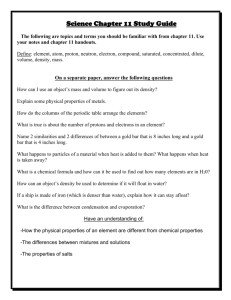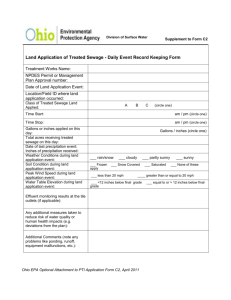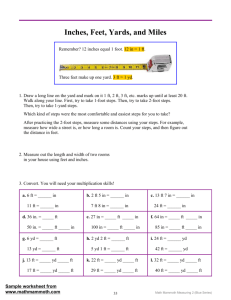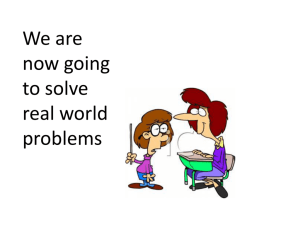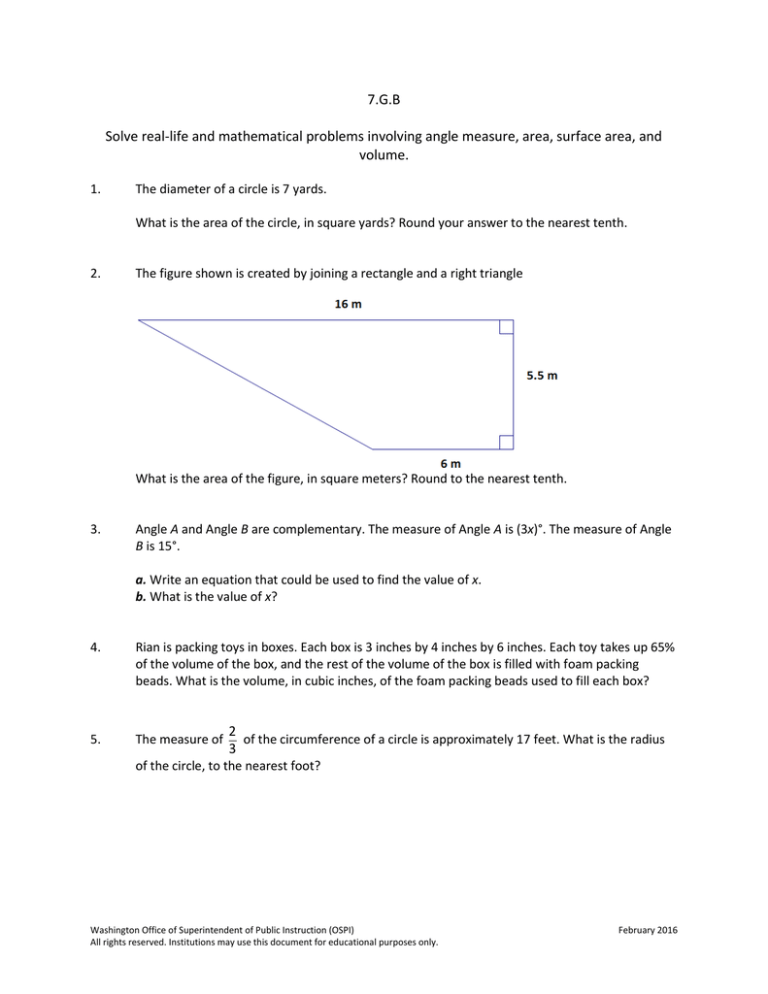
7.G.B
Solve real-life and mathematical problems involving angle measure, area, surface area, and
volume.
1.
The diameter of a circle is 7 yards.
What is the area of the circle, in square yards? Round your answer to the nearest tenth.
2.
The figure shown is created by joining a rectangle and a right triangle
What is the area of the figure, in square meters? Round to the nearest tenth.
3.
Angle A and Angle B are complementary. The measure of Angle A is (3x)°. The measure of Angle
B is 15°.
a. Write an equation that could be used to find the value of x.
b. What is the value of x?
4.
Rian is packing toys in boxes. Each box is 3 inches by 4 inches by 6 inches. Each toy takes up 65%
of the volume of the box, and the rest of the volume of the box is filled with foam packing
beads. What is the volume, in cubic inches, of the foam packing beads used to fill each box?
5.
The measure of
2
of the circumference of a circle is approximately 17 feet. What is the radius
3
of the circle, to the nearest foot?
Washington Office of Superintendent of Public Instruction (OSPI)
All rights reserved. Institutions may use this document for educational purposes only.
February 2016
7.G.B
Solve real-life and mathematical problems involving angle measure, area, surface area, and
volume.
6.
In the quadrilateral,
Angles 2 and 4 are supplementary.
Angles 3 and 4 are complementary.
Angles 2 and 3 are not supplementary.
Determine whether each equation is True or False.
not drawn to scale
Equation
True
False
w + x = 90
w + z = 180
y + w = 180
7.
Julia is designing a model of a shipping container in the shape of a rectangular prism. The faces
of the model will be made of cardboard. The model must meet the following requirements:
The surface area of the model must be between 100 and 130 square inches.
The volume of the model must be between 80 and 90 cubic inches.
The height of the model must be between 3 and 5 inches.
What are possible dimensions of the height, width, and length of Julia’s model?
Washington Office of Superintendent of Public Instruction (OSPI)
All rights reserved. Institutions may use this document for educational purposes only.
February 2016
Teacher Material
7.G.B
Solve real-life and mathematical problems involving angle measure, area, surface area, and
volume.
Question
Claim
1
1
21
32
1
1
4
42
52
62
2
2
2
Key/Suggested Rubric
1 point: A number in the interval 38.465 to 38.5, inclusive
1 point: 60.5, or equivalent
2 points: 3x + 15 = 90 AND 25
1 point: 3x + 15 = 90 OR 25
1 point: 25.2, or equivalent
1 point: 4
1 point:
Equation
True
False
w + x = 90
x
w + z = 180
x
y + w = 180
72
4
x
2 points: Answers will vary. Example: Height of 3 inches, Width of 4 inches,
Length of 7 inches.
1 point: A set of dimensions that includes a height between 3 and 5 inches
and results in either a surface area between 100 and 130 square inches OR a
volume between 80 and 90 cubic inches
1
From Smarterbalanced.org. Grade 7, Claim 1, Target A Item Specifications. Internet. Available from
http://www.smarterbalanced.org/smarter-balanced-assessments/; accessed 11/2015.
2
Adapted from the Mathematics K–12 Learning Standards. Internet. Available from
http://www.k12.wa.us/Mathematics/Standards.aspx; accessed 11/2015.
Washington Office of Superintendent of Public Instruction (OSPI)
All rights reserved. Institutions may use this document for educational purposes only.
February 2016




